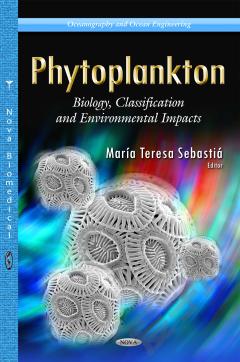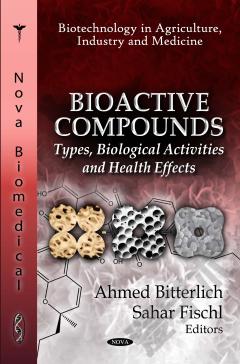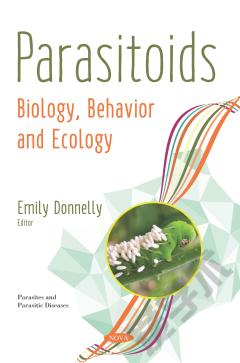Handbook on Herbicides: Biological Activity, Classification and Health & Environmental Implications
In this handbook, the authors present current research in the study of the biological activity, classification and health and environmental implications of herbicides. Topics discussed include productive degradation of dichlorprop by transconjugant strains; weeds and their mechanisms of resistance to herbicides; application of 31P-NMR spectroscopy to glyphosate studies in plants; lethal and sublethal glyphosate effects on non-target fish species; chemical properties and genotoxic effects of phenylurea herbicides; action mode of triazines and toxic effects on vertebrates; photolysis experiments on alloxydim herbicide and biological response of its transformation product; glyphosate-resistant weeds in Southern Europe; herbicide paraquat genotoxicity-enhancement by the phenolic antioxidants Dl-A-tocopherl and 2,6-Di-Tert-Butyl-P-Cresol; glyphosate adsorption in a soil depth profile; adsorption-desorption processes and mobility of (4-Chloro-2-Methylophenoxy) acetic acid (Mcpa) in Irish grassland soils; pesticides and cancer with a study on the interaction of phenoxy acid herbicides with DNA; herbicidal activity of pyrazole derivatives; behavior of herbicides in paddy water and soil after application; and laboratory lysimeter for pesticide transport studies.
{{comment.content}}








 京公网安备 11010802027623号
京公网安备 11010802027623号